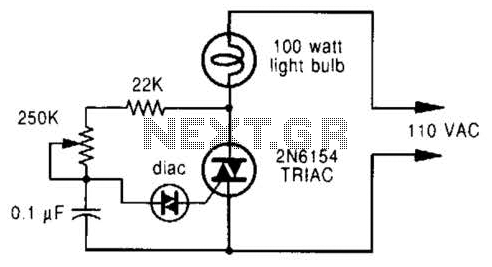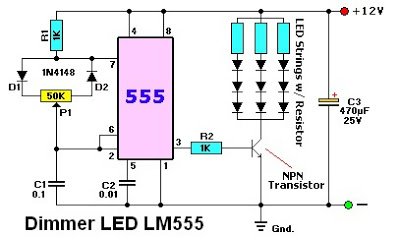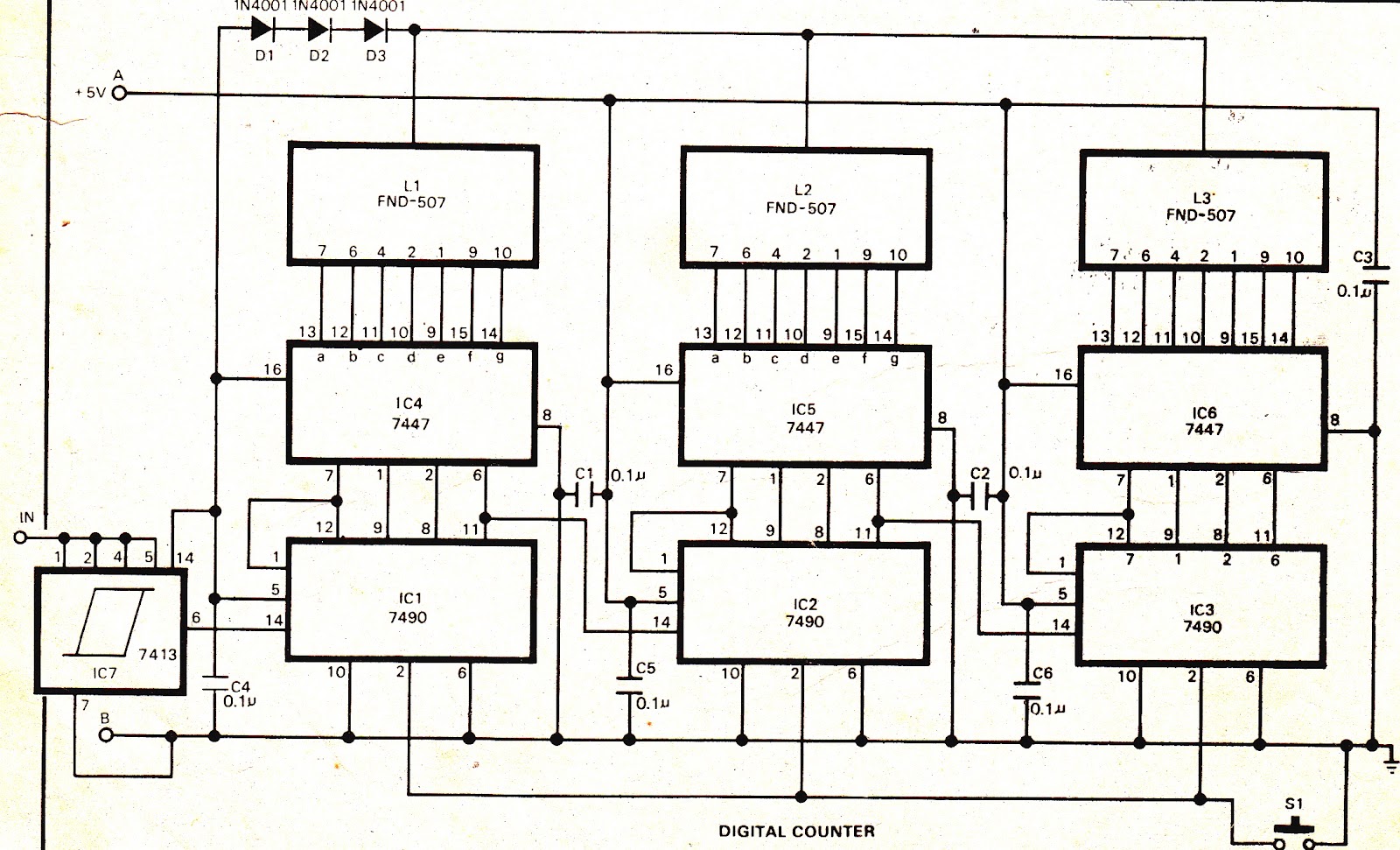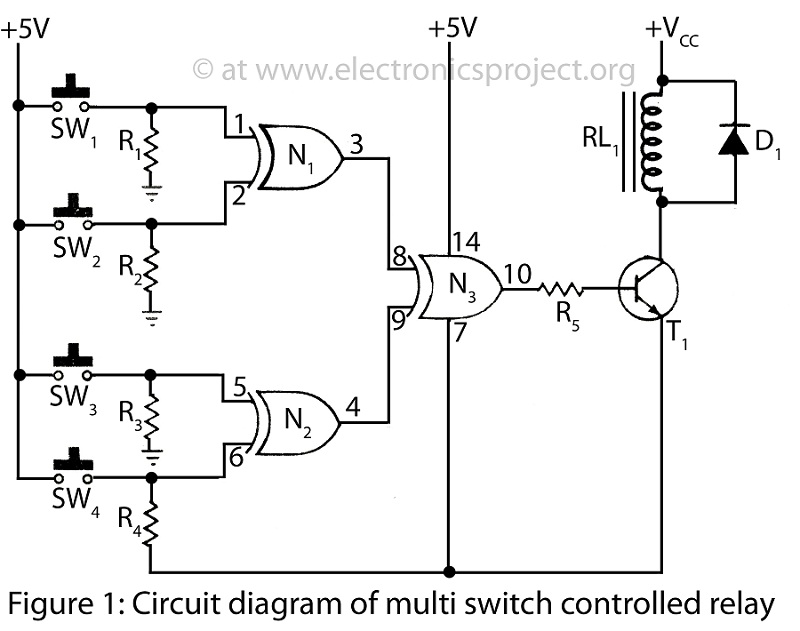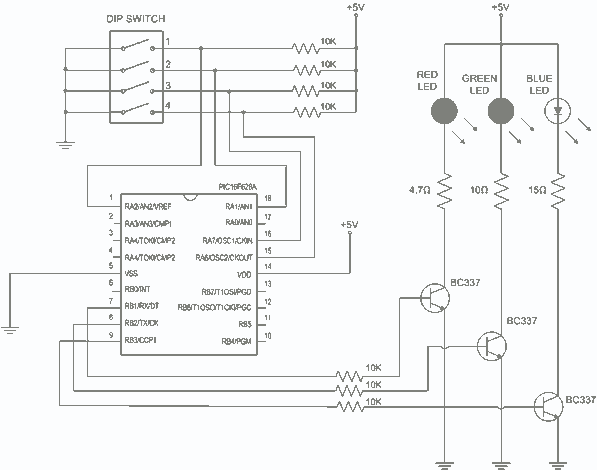
LED or Lamp Pulser
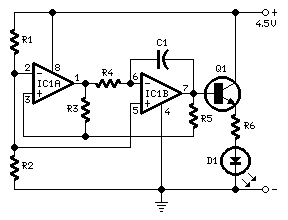
This circuit operates a LED in pulsing mode, i.e. the LED goes from off state, lights up gradually, then dims gradually, etc. This operation mode is obtained by a triangular wave generator formed by two op-amps contained in a very cheap 8 pin DIL case IC. Q1 ensures current buffering, in order to obtain a better load drive. R4 & C1 are the timing components: using the values shown in the parts list, the total period is about 4 seconds.
The described circuit utilizes a triangular wave generator to control the pulsing of an LED, creating a visually appealing effect as the LED transitions from off to full brightness and back. The core of the circuit is an integrated circuit (IC) featuring two operational amplifiers (op-amps) configured to generate a triangular waveform. This waveform is essential for the gradual increase and decrease in the LED's brightness.
The first op-amp is configured as a non-inverting integrator, which converts a square wave signal into a triangular waveform. The second op-amp operates as a comparator, switching the output state based on the triangular waveform's voltage level. This configuration allows the LED to receive a PWM (Pulse Width Modulation) signal that modulates its brightness according to the triangular wave's amplitude.
Q1 acts as a buffer transistor, providing the necessary current amplification to drive the LED effectively. This buffering ensures that the LED can operate at higher currents without exceeding the output current limits of the op-amps. Proper selection of Q1 is crucial for achieving the desired brightness and response time.
The timing components, R4 (a resistor) and C1 (a capacitor), are critical in determining the frequency and duty cycle of the triangular wave. The values of R4 and C1 dictate the time constant of the circuit, which in this case results in a total period of approximately 4 seconds for a complete cycle of fading in and out. Adjusting these component values will allow for customization of the pulsing speed, enabling variations in the visual effect produced by the LED.
This circuit is suitable for various applications, including decorative lighting, visual indicators, and other scenarios where a dynamic light effect is desired. The simplicity of the design, combined with the low cost of components, makes it an attractive option for hobbyists and professionals alike.This circuit operates a LED in pulsing mode, i.e. the LED goes from off state, lights up gradually, then dims gradually, etc. This operation mode is obtained by a triangular wave generator formed by two op-amps contained in a very cheap 8 pin DIL case IC. Q1 ensures current buffering, in order to obtain a better load drive. R4 & C1 are the timing components: using the values shown in the parts list, the total period is about 4 seconds.
🔗 External reference
The described circuit utilizes a triangular wave generator to control the pulsing of an LED, creating a visually appealing effect as the LED transitions from off to full brightness and back. The core of the circuit is an integrated circuit (IC) featuring two operational amplifiers (op-amps) configured to generate a triangular waveform. This waveform is essential for the gradual increase and decrease in the LED's brightness.
The first op-amp is configured as a non-inverting integrator, which converts a square wave signal into a triangular waveform. The second op-amp operates as a comparator, switching the output state based on the triangular waveform's voltage level. This configuration allows the LED to receive a PWM (Pulse Width Modulation) signal that modulates its brightness according to the triangular wave's amplitude.
Q1 acts as a buffer transistor, providing the necessary current amplification to drive the LED effectively. This buffering ensures that the LED can operate at higher currents without exceeding the output current limits of the op-amps. Proper selection of Q1 is crucial for achieving the desired brightness and response time.
The timing components, R4 (a resistor) and C1 (a capacitor), are critical in determining the frequency and duty cycle of the triangular wave. The values of R4 and C1 dictate the time constant of the circuit, which in this case results in a total period of approximately 4 seconds for a complete cycle of fading in and out. Adjusting these component values will allow for customization of the pulsing speed, enabling variations in the visual effect produced by the LED.
This circuit is suitable for various applications, including decorative lighting, visual indicators, and other scenarios where a dynamic light effect is desired. The simplicity of the design, combined with the low cost of components, makes it an attractive option for hobbyists and professionals alike.This circuit operates a LED in pulsing mode, i.e. the LED goes from off state, lights up gradually, then dims gradually, etc. This operation mode is obtained by a triangular wave generator formed by two op-amps contained in a very cheap 8 pin DIL case IC. Q1 ensures current buffering, in order to obtain a better load drive. R4 & C1 are the timing components: using the values shown in the parts list, the total period is about 4 seconds.
🔗 External reference

